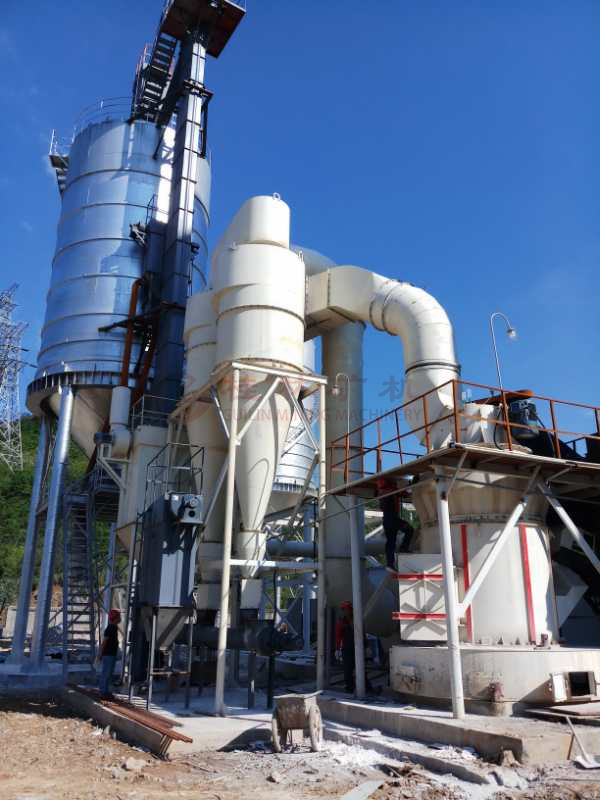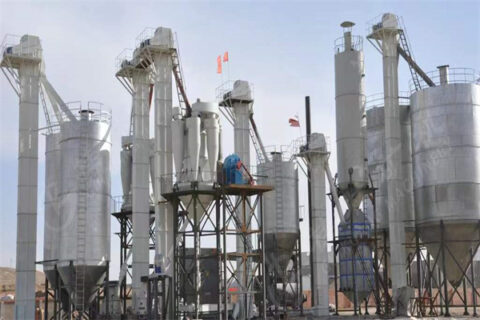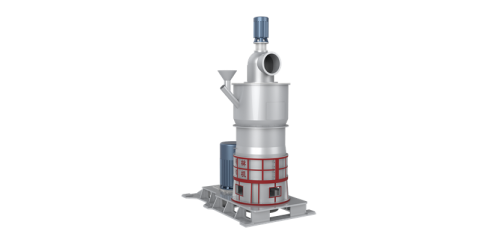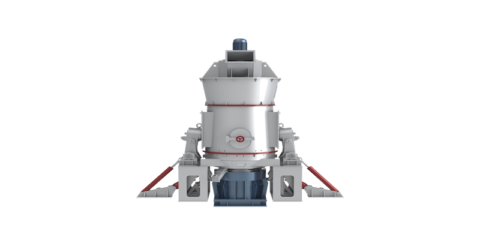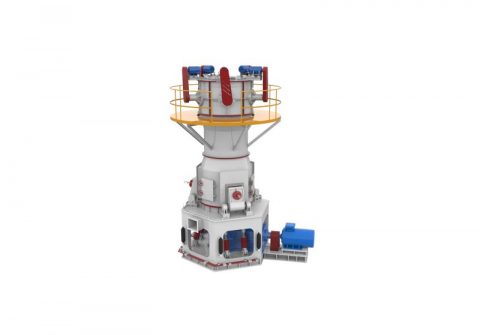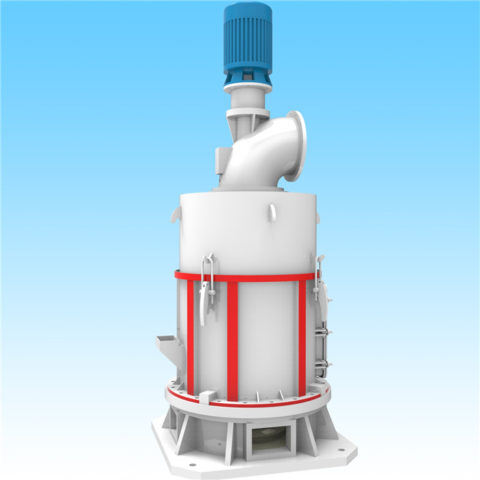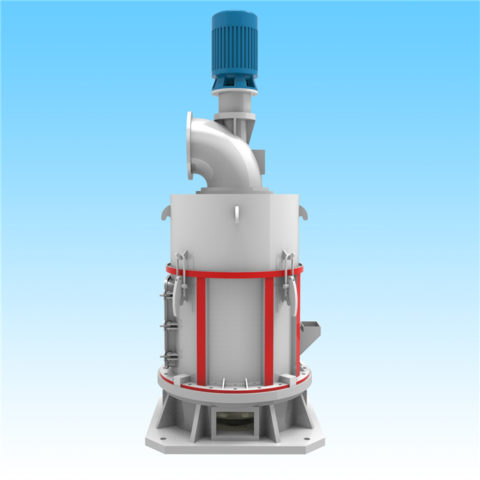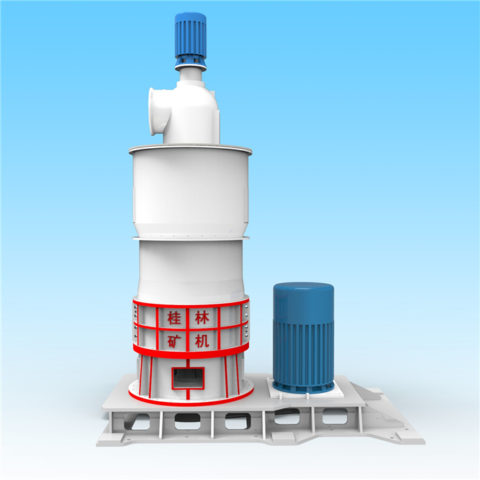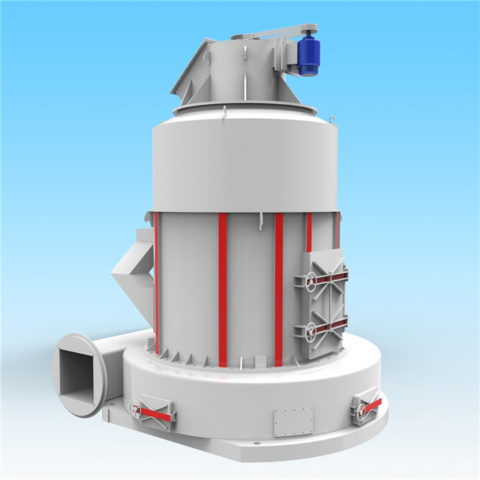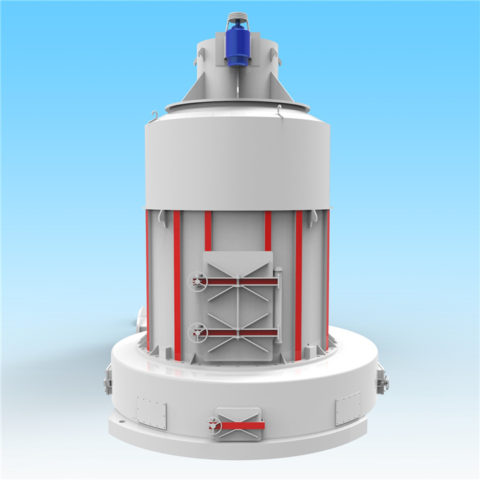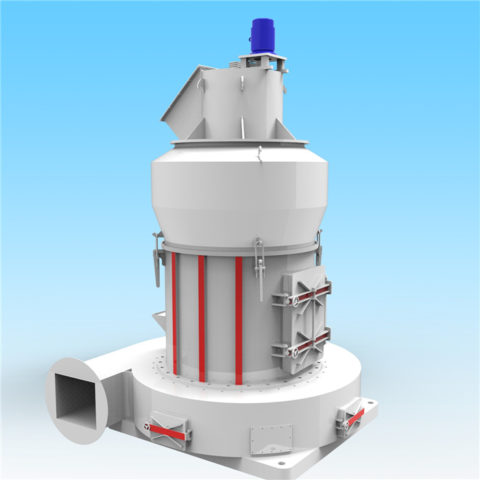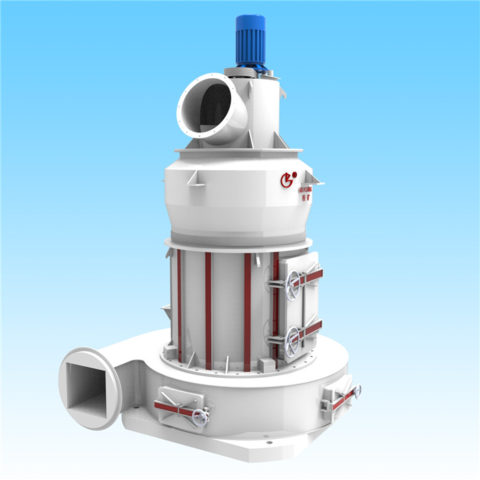The limestone Raymond mill plays a pivotal role in flue gas desulfurization (FGD) systems by efficiently producing high-quality limestone powder, which directly determines the absorption efficiency of sulfur dioxide (SO₂) and compliance with emission standards. Below are its critical functions:
Precision Particle Size Control
The Raymond mill processes limestone into fine powders with adjustable fineness ranging from 80 to 325 mesh (43–180 μm). This granularity optimizes the specific surface area of limestone particles, accelerating the chemical reaction rate between CaCO₃ and SO₂. Higher surface area enhances gas-solid contact, achieving over 95% desulfurization efficiency.
Enhanced Reaction Kinetics
Finely ground limestone powder exhibits superior reactivity due to reduced particle size and uniform size distribution. This ensures rapid dissolution in the slurry phase and minimizes unreacted residues, thereby improving limestone utilization and reducing operational costs.
Emission Compliance Assurance
By producing ultra-fine powders that meet strict fineness standards (e.g., 325 mesh with ≤5% residue), the Raymond mill ensures effective SO₂ capture and minimizes particulate emissions. This aligns with environmental regulations for flue gas purification.
Integrated Energy Efficiency
The vertical structure of the Raymond mill reduces energy consumption by 30–40% compared to traditional ball mills. Its compact design also lowers installation space requirements by 50–60%, facilitating flexible plant layout.
System Adaptability
Equipped with advanced classifiers and airflow control mechanisms, the Raymond mill adjusts to varying limestone qualities and moisture levels (up to 5%). Turbulence-reducing features, such as conical grading chambers and optimized blade configurations, stabilize particle classification and ensure consistent product quality.
Environmental Sustainability
The mill integrates pulse dust collectors and noise-reduction technologies, reducing workplace dust pollution to below 20 mg/m³ and operational noise to <80 dB. This supports green production practices in power plants and industrial boilers.
In summary, the limestone Raymond mill is indispensable in FGD systems for its ability to deliver high-activity, finely ground limestone powder. Its technical advantages in particle control, energy efficiency, and environmental compliance make it a cornerstone of modern desulfurization processes.
